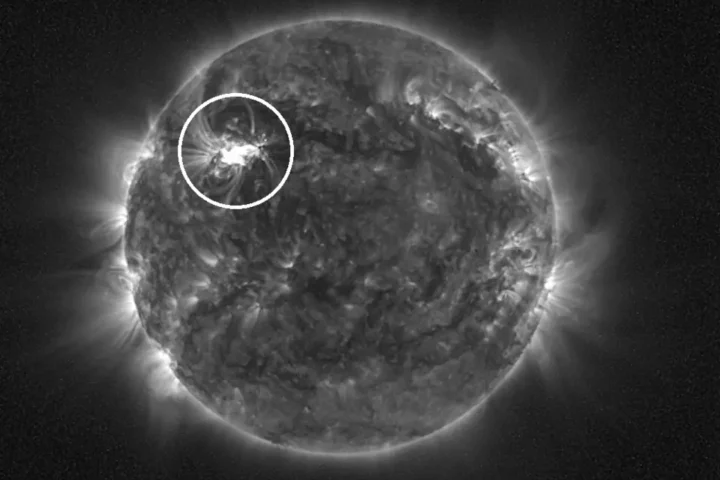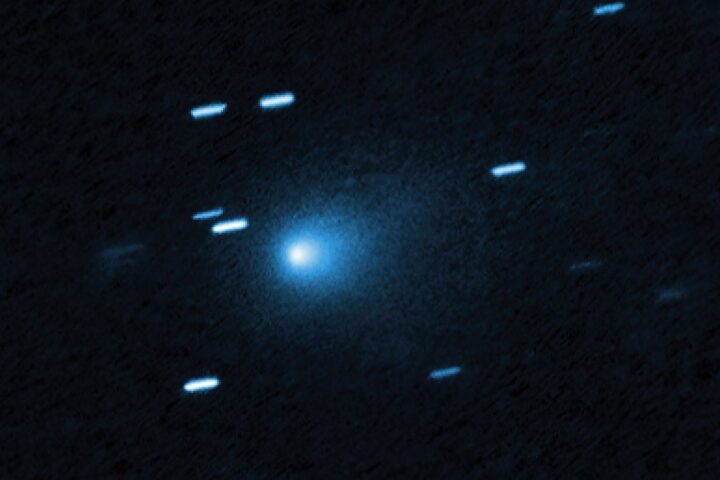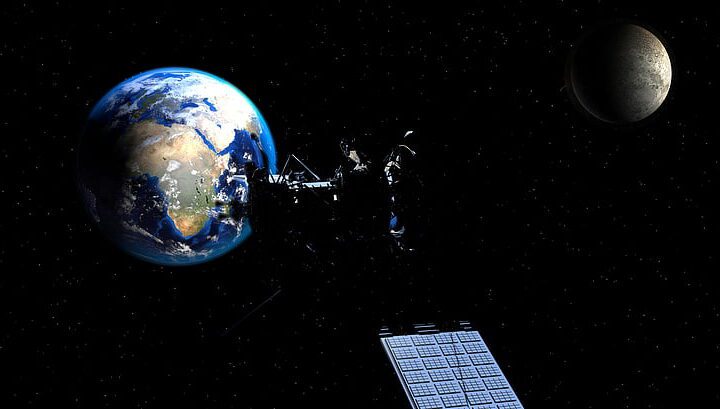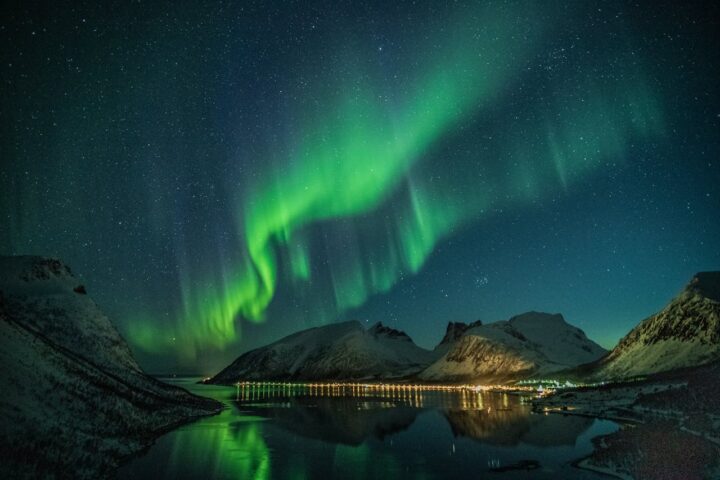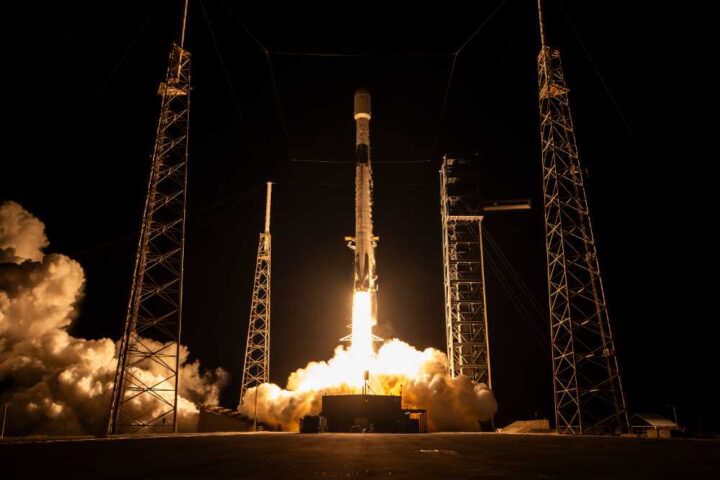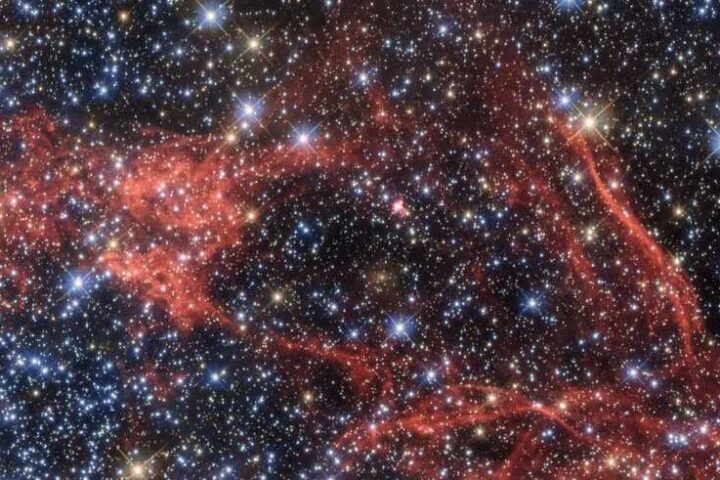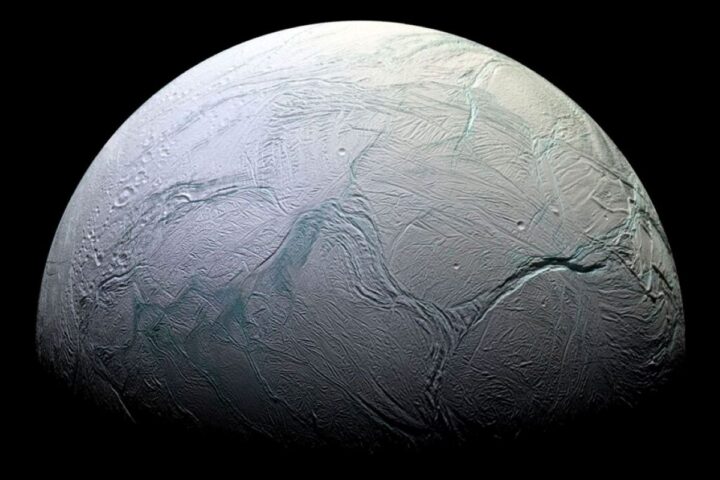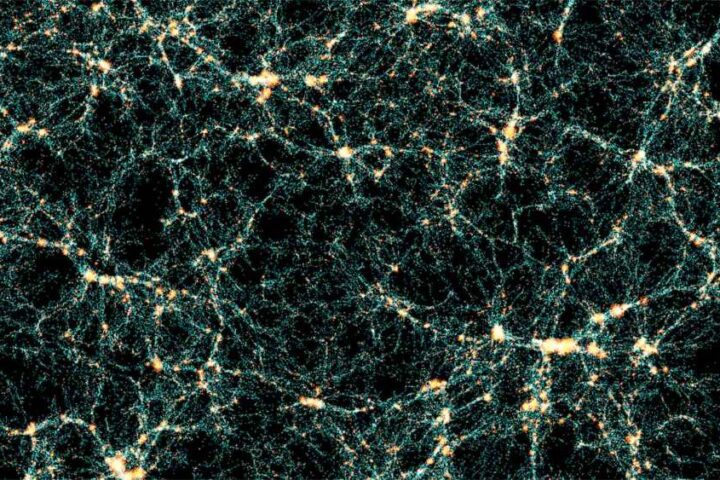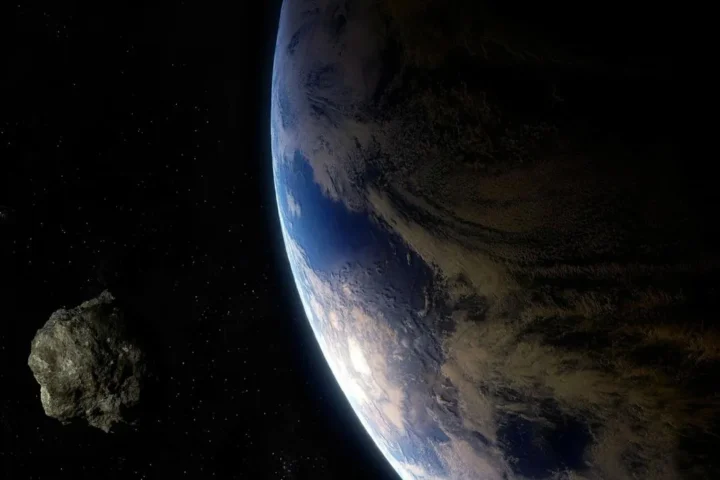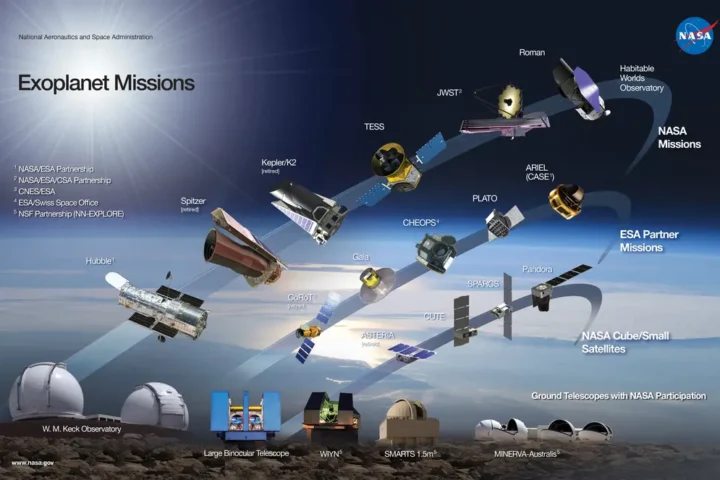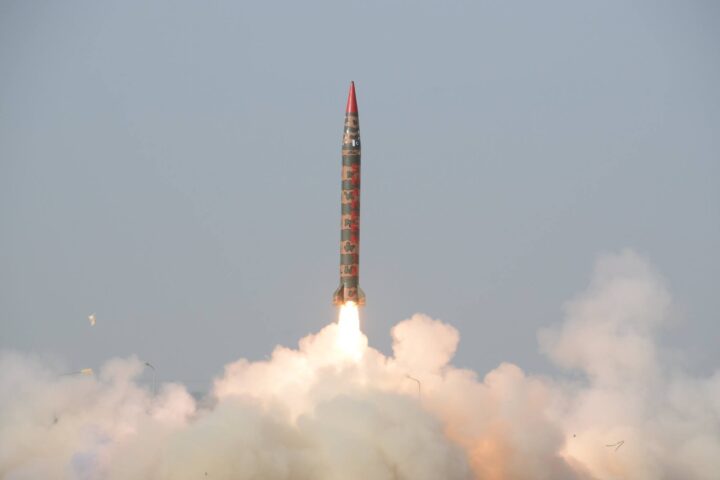Northern Lights Paint American Skies During Rare Severe Geomagnetic Storm
X5.1 solar flare triggers G4 storm watch, bringing spectacular aurora displays visible across multiple U.S. states

A powerful solar eruption has triggered a rare severe geomagnetic storm, creating conditions for the northern lights to become visible across much of the United States on November 11-12, 2025. The National Oceanic and Atmospheric Administration’s Space Weather Prediction Center issued a G4 (Severe) watch following an X5.1 solar flare that erupted from sunspot region 4274 at 10:04 UTC on November 11.
This flare ranks as one of the strongest solar flares of the current solar cycle and the sixth strongest overall. The associated coronal mass ejection was described by NOAA as “the most energetic and fastest” of the multiple CMEs that erupted from the sun between November 9 and early November 12.
Geomagnetic storm watches remain in effect through November 13, with NOAA forecasters predicting G2 (Moderate) conditions for November 11, G4 (Severe) for November 12, and G3 (Strong) for November 13. At 01:20 UTC on November 12 (8:20 PM EST November 11), G4 severe storm levels were officially reached.
Understanding the G4 Severe Storm
The geomagnetic storm scale ranges from G1 (Minor) to G5 (Extreme), with G4 classified as severe. According to the NOAA Space Weather Scales, G4 storms can cause widespread voltage control problems in power systems and may require voltage corrections. Spacecraft operations may experience surface charging, tracking issues requiring corrections, and increased drag on low-Earth-orbit satellites.
The Space Weather Prediction Center noted that confidence in an Earth-directed component from the most recent CME is high, though timing carries a moderate level of certainty. The intensity of the CME will only be known with better certainty when it reaches approximately one million miles from Earth, where solar wind observatories can make detailed measurements.
Storm Characteristics
Captured Across America
Photographers and skywatchers documented the aurora borealis from Texas to California to Indiana



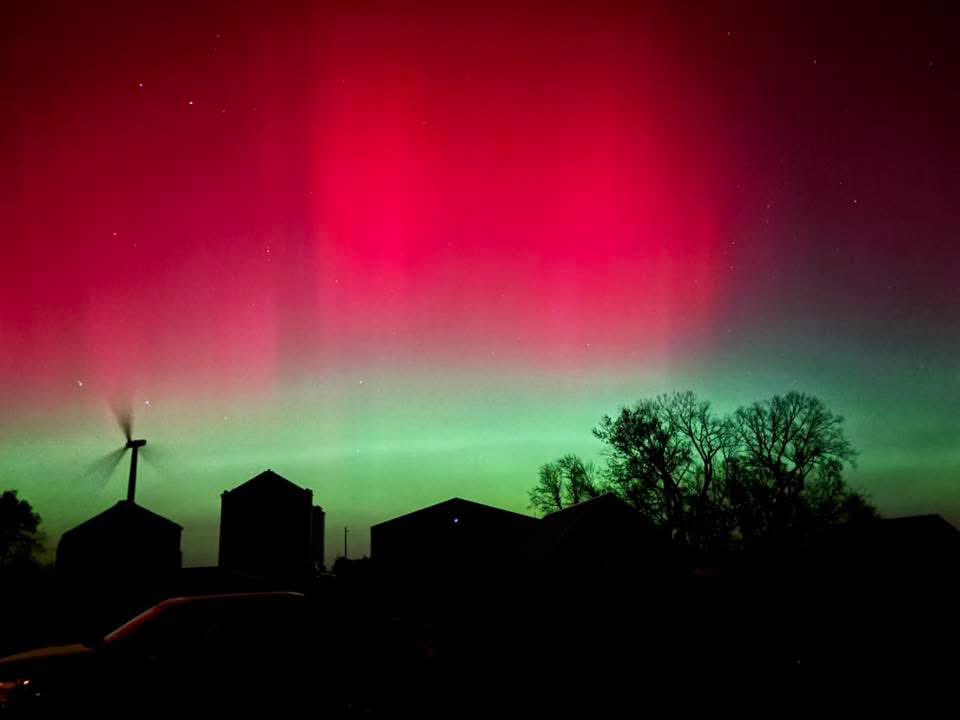


Where the Aurora Became Visible
The University of Alaska Fairbanks Geophysical Institute and NOAA forecasts indicated that highly active auroral displays could be visible in locations including Portland, Oregon; Cheyenne, Wyoming; and New York City. The aurora might also be visible close to the horizon as far south as Oklahoma City and Raleigh, North Carolina.
Confirmed sightings were reported from the Texas Panhandle, eastern New Mexico, Sacramento and Roseville in California, and Elwood in Indiana. Residents across multiple states shared photographs and videos of the colorful displays, which featured the characteristic green, pink, and purple hues created when charged solar particles interact with oxygen and nitrogen in Earth’s atmosphere.
Clear skies proved essential for viewing, as cloud cover blocked visibility in some regions. Weather forecasters noted that parts of eastern Utah and other areas avoiding cloud cover between late Tuesday and early Wednesday had the best opportunities to witness the phenomenon.
Interactive Viewing Map
Reported sightings and optimal viewing zones based on NOAA aurora forecasts
Storm Updates and Reports
Official updates and social media documentation of the event
Event Timeline
Sequence of solar activity and geomagnetic storm development
The Science Behind the Display
Coronal mass ejections are eruptions of solar material and magnetic fields from the sun’s outer atmosphere. When these plasma clouds reach Earth, they interact with our planet’s magnetosphere, potentially triggering geomagnetic storms. The charged particles become channeled along magnetic field lines toward the polar regions, where they collide with atmospheric gases.
These collisions excite oxygen and nitrogen molecules, causing them to emit light. Oxygen produces the characteristic green and red colors, while nitrogen contributes blue and purple hues. The altitude at which these interactions occur determines the visible colors, with green typically appearing at lower altitudes around 100-300 kilometers and red at higher altitudes above 300 kilometers.
During severe G4 storms, the aurora oval expands significantly from its typical polar position, allowing observers at much lower latitudes to witness the phenomenon. This expansion occurs because the increased solar wind pressure compresses Earth’s magnetosphere, enabling more particles to penetrate to lower latitudes.
Aurora Viewing Guidance
Practical recommendations for observing the northern lights during this event
Infrastructure and Communication Impacts
According to the NOAA Space Weather Scales, G4 severe geomagnetic storms can affect power systems through possible widespread voltage control problems, with some protective systems potentially tripping key assets from the grid. Spacecraft operations may experience surface charging and tracking problems requiring correction, while satellite navigation could be degraded for several hours.
The associated R3 (Strong) radio blackout affected high-frequency radio communications on the sunlit side of Earth during the X5.1 flare peak. The moderate S2 solar radiation storm currently in progress poses increased risks to astronauts on spacewalks and can affect satellite operations at high latitudes.
NOAA has notified critical infrastructure operators to implement appropriate mitigation measures. Despite these potential impacts, most people will not experience direct effects beyond the spectacular visual displays in the night sky.
Event Summary
This article covered the G4 severe geomagnetic storm event of November 11-12, 2025, including the X5.1 solar flare that triggered the storm, the watch conditions issued by NOAA, confirmed aurora sightings across multiple U.S. states, the scientific mechanisms behind the aurora displays, viewing guidance for observers, and potential infrastructure impacts. The event was documented through official NOAA updates, viewer-submitted photographs, and regional reports.
For the latest space weather information and aurora forecasts, visit the NOAA Space Weather Prediction Center.



